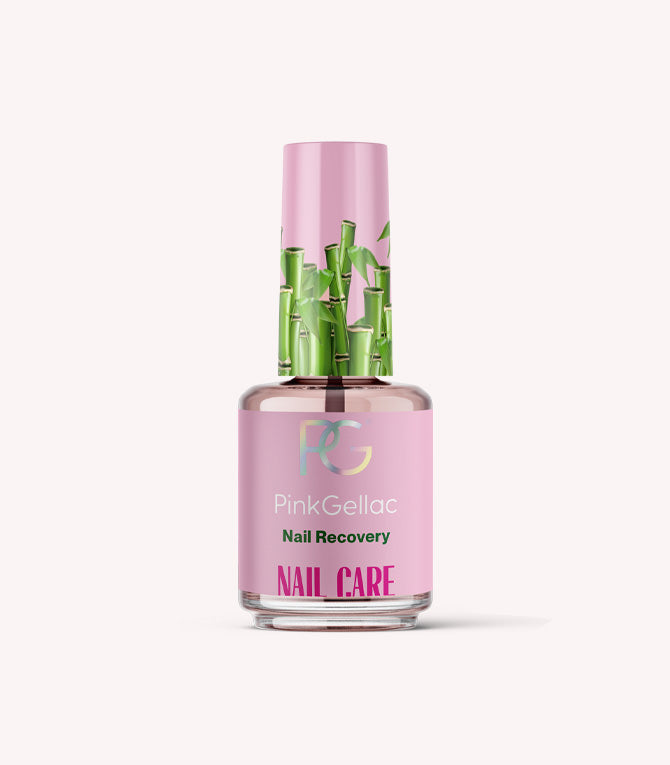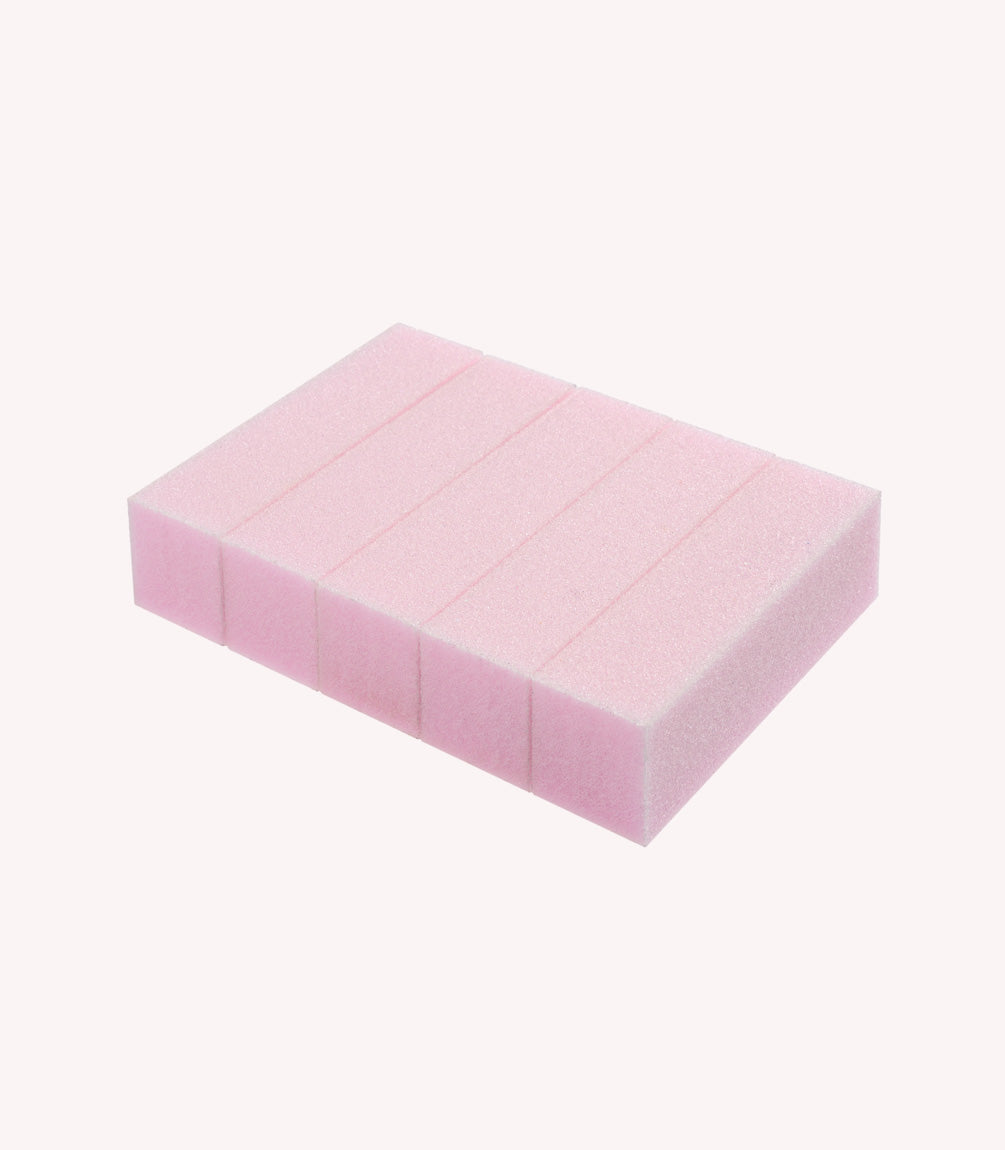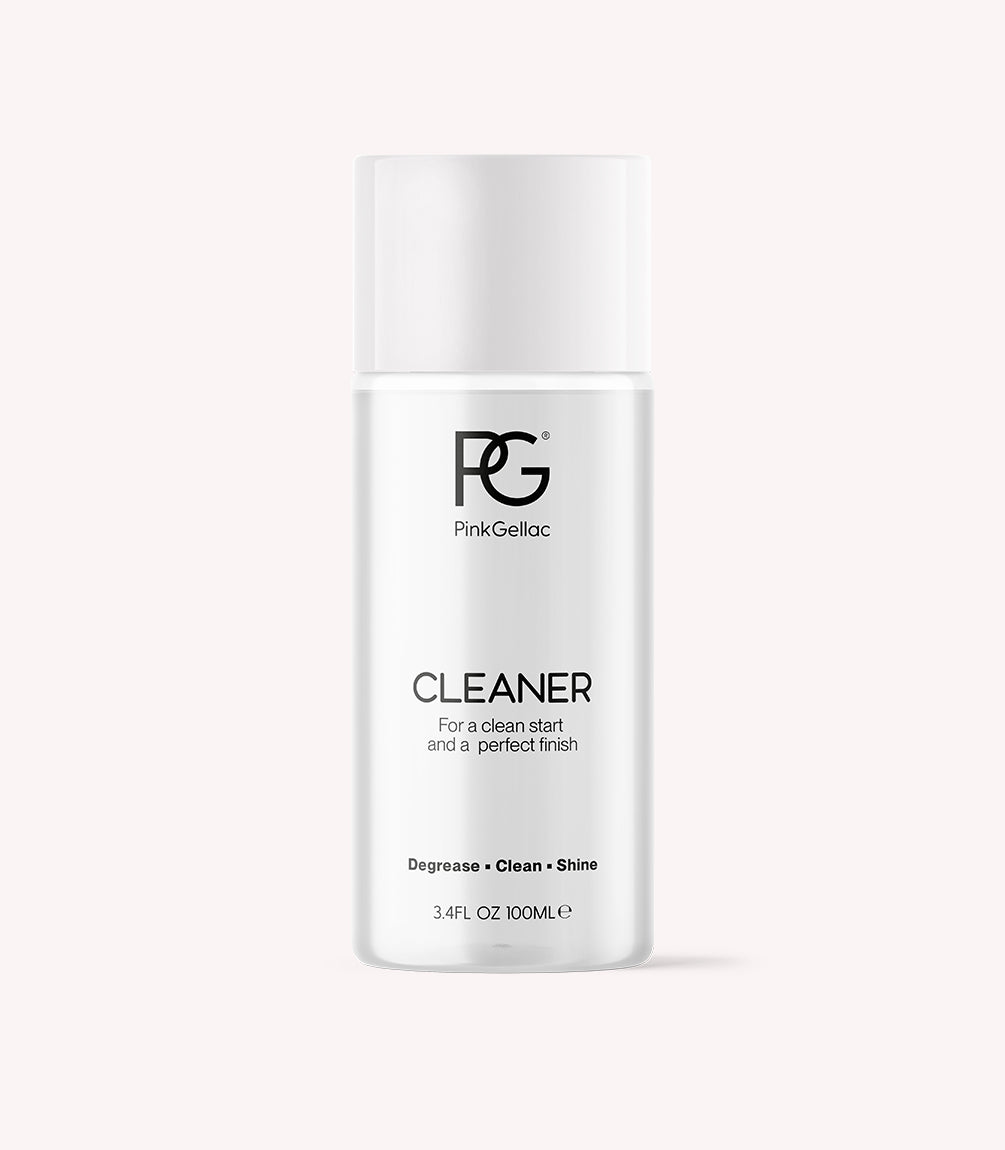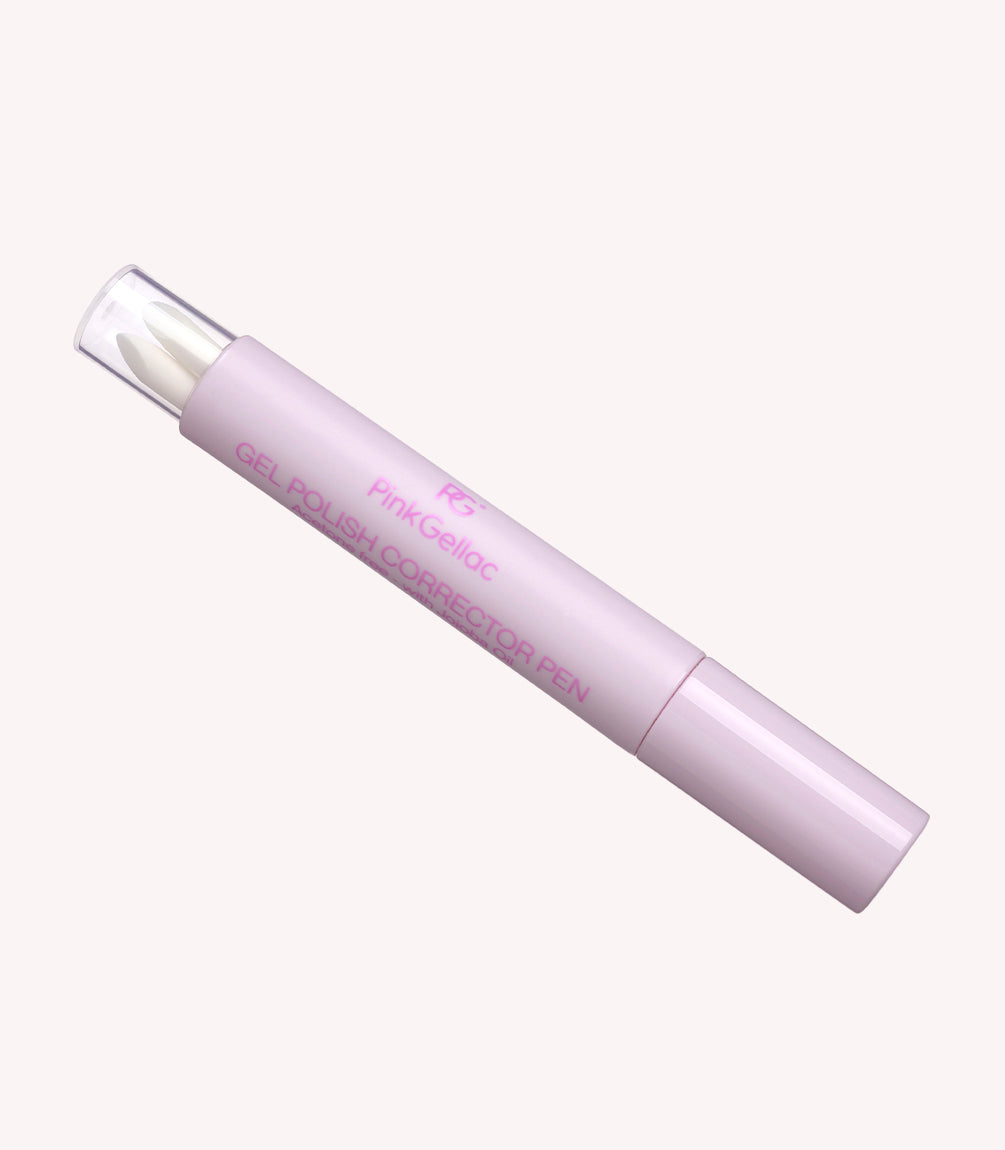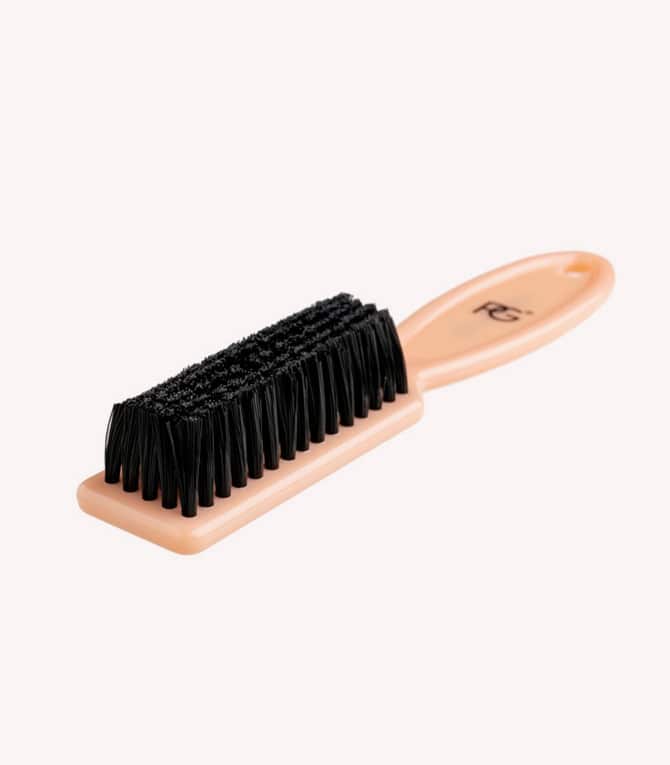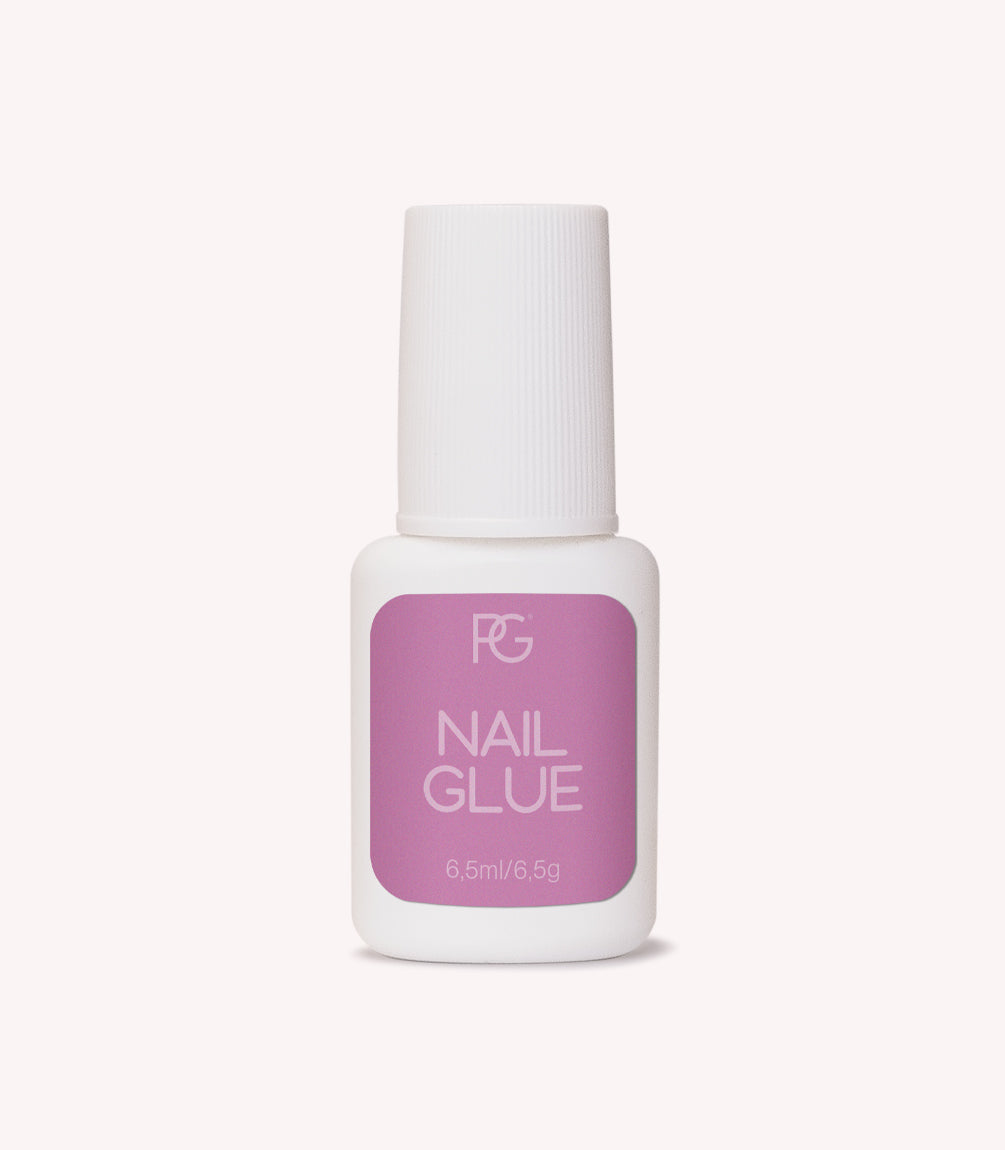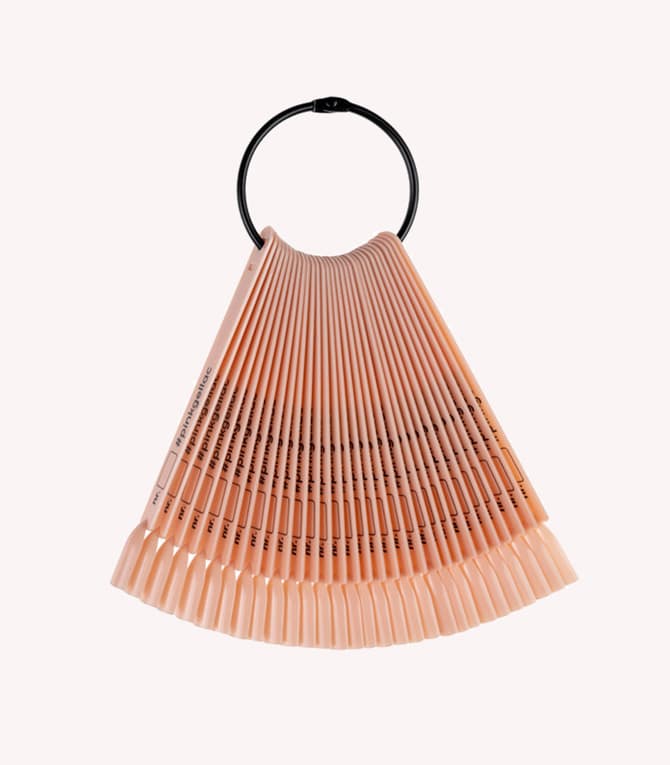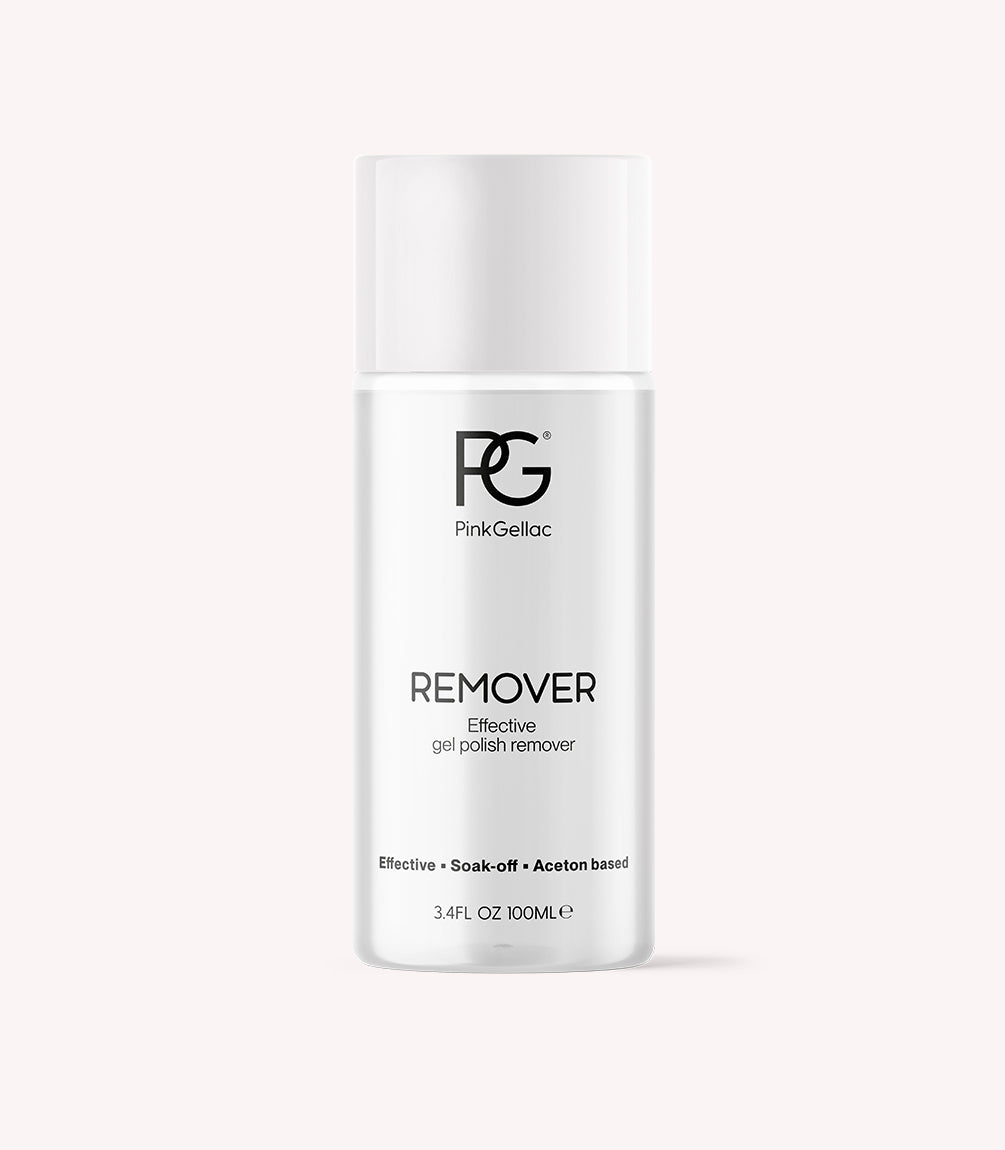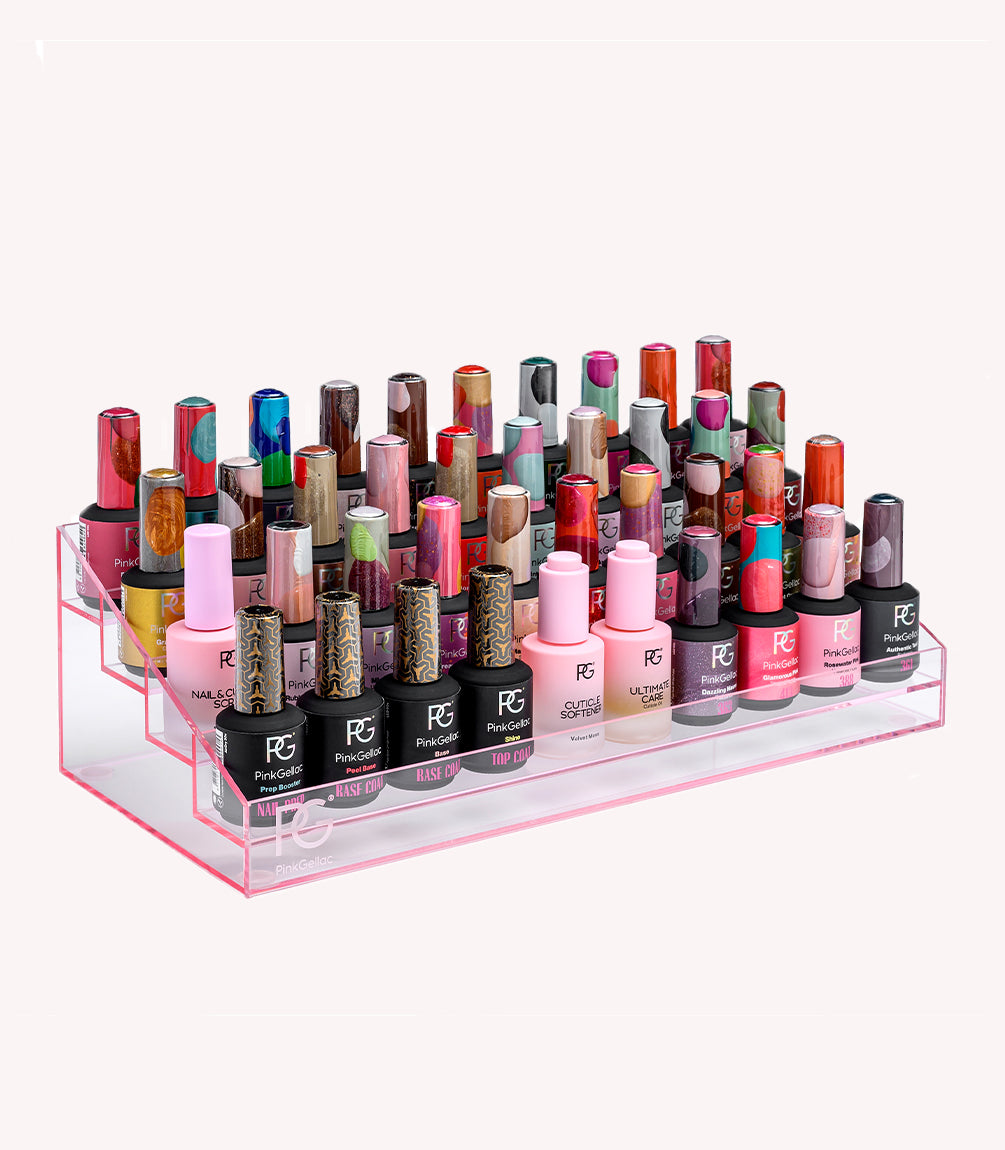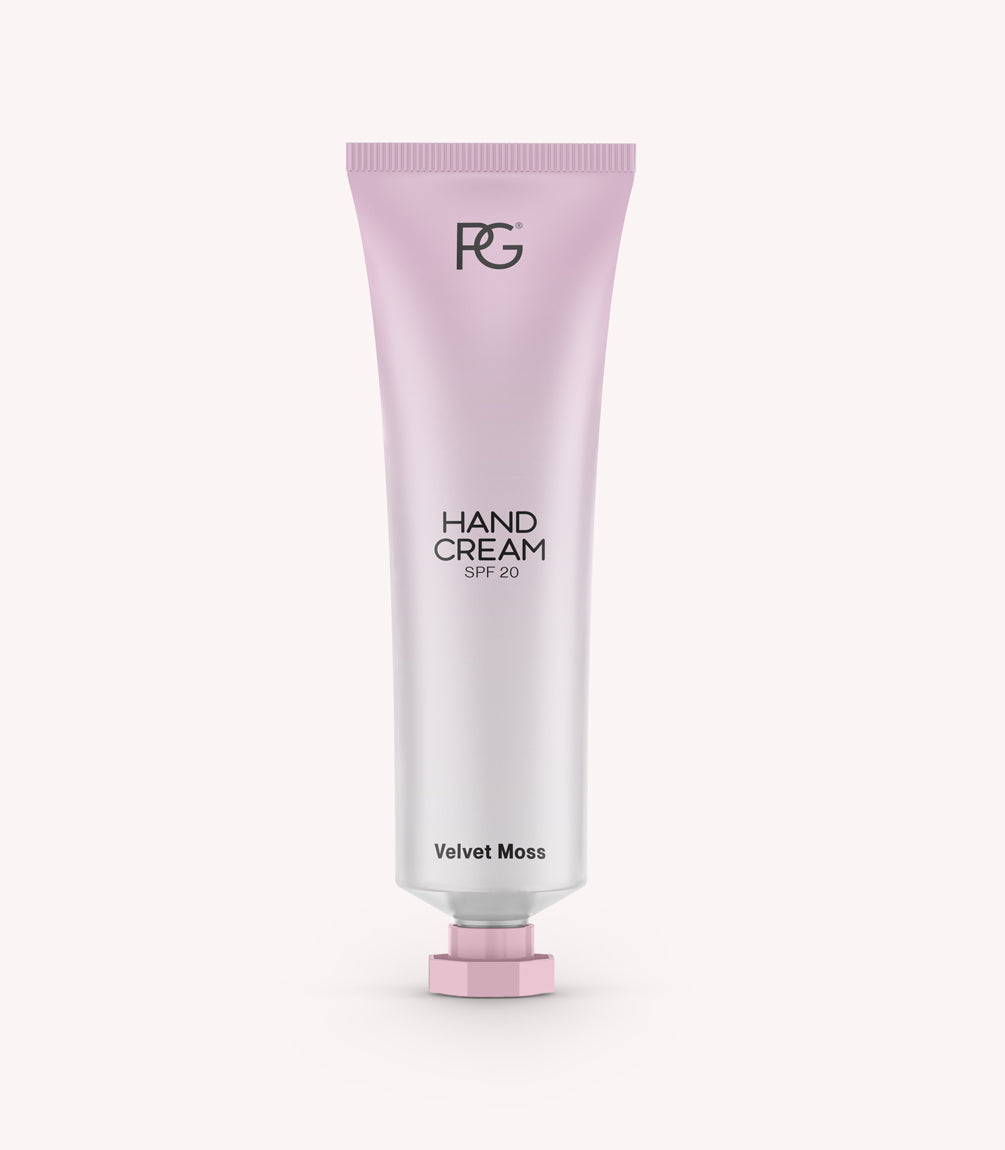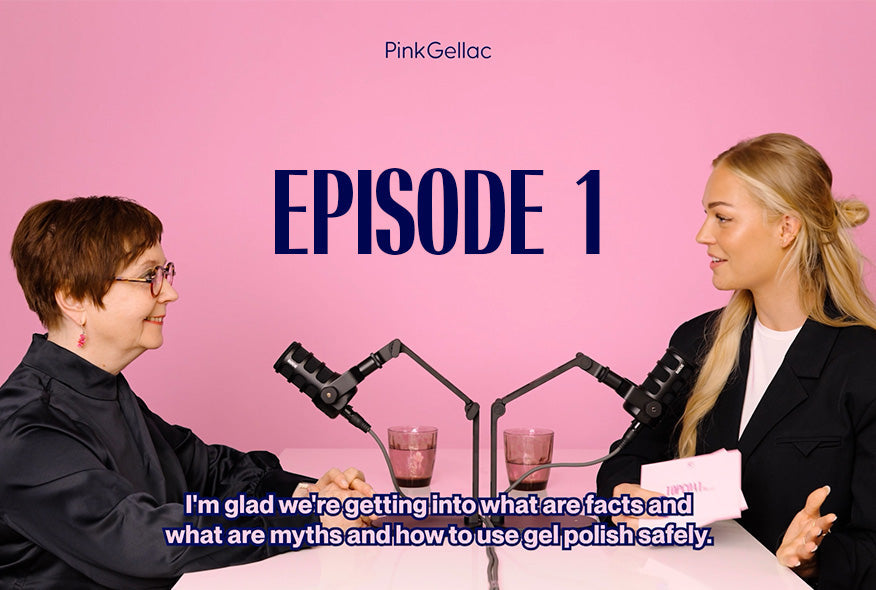Facts and Myths | Episode 6


In this episode, we discussed the last three statements: are they facts or myths? Marijn Kuipers talks to our expert, Professor Dr An Goossens.
Myth: “It’s not a big issue if gel polish isn’t properly cured.”
This is a myth. Proper curing is vital to prevent uncured monomers from contacting the skin, which increases allergy risk. Avoid thick layers, follow curing times, and use a quality lamp—preferably the one made for your polish brand as they are tested in combination.
Fact: “Acrylate allergies are more common amongst people with diabetes.”
Correct. There have been more reports of acrylate allergy in diabetes patients. The cause of these reported allergiesare the adhesives used in the plasters for glucose monitors and insulin pumps. These plasters stick to the skin for long periodsair and watertight. This causes softening (maceration)and damaging the skin, allowing allergens to penetrate more easily.
Myth: “An acrylate allergy means you can’t have a hip or dental implant in the future.”
Fortunately, this is a myth. If an allergy is diagnosed, alternative treatments or implants can be used. Rejection of implants is rare and usually due to mechanical issues or infection—not allergies. In the rare case a knee or hip implant was rejected due to allergies, the allergies were most likely for antibiotics or the metallic parts of the protheses.
Dental materials like fillings, crowns, dentures, and braces do contain (meth)acrylates like HEMA. Once hardened, they no longer cause reactions because they contain too few reactive monomers.
However, for safety cautions, medical professionals must be aware of known allergies to tailor treatment when needed.
In this last episode Facts and Myths, Prof. Dr An Goossens shares her advice for safe use of gel nail polish:
- Buy from brands based in Europe; avoid using products from outside the EU
- Check labels to confirm suitability for home use and avoid HEMA, di-HEMA, and other strong allergens that were shared by her in her expert opinion
- Follow the instructions – adhere to curing times and avoid skin contact where possible
- Use the lamp that matches the polish brand; these are tested in combination
- Only apply polish to nails that are unharmed – postpone if the skin or nails are damaged
- Avoid contact with the face or body during and right after curing
- If you have symptoms, get tested for (meth)acrylate allergies. Share any diagnosed allergy with all your healthcare providers.
Conclusion
Allergic reactions can never be completely ruled out, but with proper precautions, the risk is manageable. If you do have a (meth)acrylate allergy, it’s not the end of the world. Chances are you can still use a different type of (gel) polish. The idea that you can never get a hip replacement or lose all your teeth is a myth—medical care can give you a treatment that takes your allergy into account.
